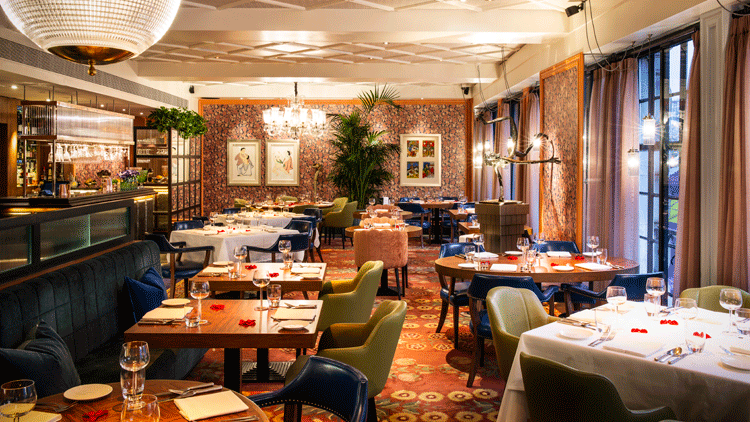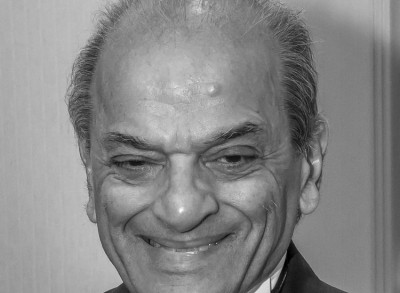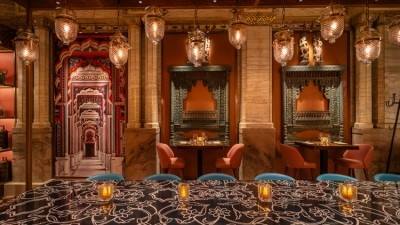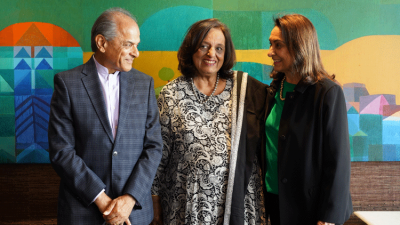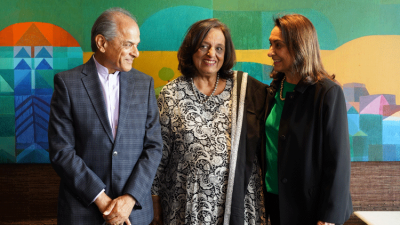Ranjit Mathrani: ‘We’ve lost more cash this year than we’ve made in the last five’
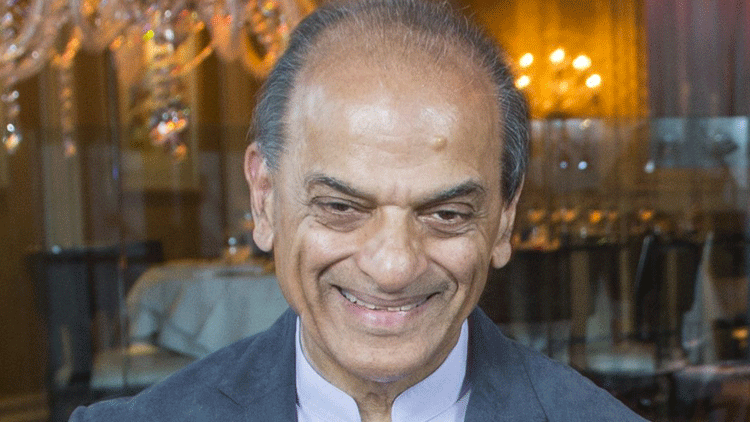
How is MW-Eat’s recovery from the pandemic going?
Trade is roughly in line with our predictions. We are heavily reliant on tourists and business lunches and that has taken some time to come back. In fact, I predicted that by around now we’d be at 70% of pre-pandemic levels, and that’s roughly where we are. Lunch business has suffered the most. Existing operators in high-rent areas of central London are now among the worst off. I find it odd that the UK is treated as one entity by trackers and other metrics. It’s a very mixed picture at the moment. I also believe that the media’s focus on new openings gives an unintentionally misleading impression of the current health of the industry.
What is MW-Eat’s financial position at the moment?
We’ve lost more cash this year than we’ve made in the last five. We are still in negotiations with some of our landlords. We haven't paid rent in eighteen months at some of our sites. Even with some rents deferred, we've had to borrow heavily to fill the cash flow gap. Previously the business had no debt, so it's a frustrating situation. But our biggest problem at the moment is staff. We cannot meet even the reduced demand due to staffing shortages. In an attempt to combat this, we’ve had to increase salaries at a point in time where we’re barely breaking even at some of our sites.
How do you see staffing panning out?
There is a major structural shift on the way unless the Government steps in. Wage inflation will make it not worth operating restaurants that are of marginal profitability. I predict that informal dining and more formal places with bloated labour costs will be the most badly hit.
What levers should Government pull?
I accept that the Government wants to transition to a high wage economy and reduce immigration, but it needs to do it in a more controlled manner. Any sensible Brexiteer would agree there needs to be a transition process. I would suggest that a number of temporary visas be made available and that this could be reduced over time as the industry adapts. That said, I disagree that there is a huge untapped labour source in this country that simply needs to be trained and paid well. Eventually the Government will come to understand that there is a structural problem with hospitality recruitment, but until that happens the industry will suffer.
Are you looking at any new openings?
Yes. We're predicting that the landscape will soon be roughly the same as it was pre-pandemic. Our big gap at the moment is Shoreditch so we’re looking there and also within areas that are slightly to the east. We will be wary about areas that rely on office workers, as nobody really knows what’s going to happen with hybrid working.
You have over a dozen London sites, but very little exposure to the City or other office-heavy locations...
Yes, and that's deliberate. Despite my background in the City we’ve never had a restaurant in that part of town, although we were looking in Canary Wharf just before the pandemic struck. People don’t want to eat Indian food at lunchtime. They believe - wrongly - that Indian food is too heavy. If you look at the numbers for an average restaurant the ratio of lunch to dinner is typically around 1:2. For Indian restaurants it’s more like 1:5. We’ve managed to get that down to 1:3 at some of our sites. The heavy skew towards lunch in the City means it would be very hard to get a restaurant to work there. Not impossible, but not worth the disproportionate amount of effort it would require from the senior team. It is for this reason that there are only a handful of Indian restaurants in that area.
Describe the changes at Veeraswamy
We’ve enhanced the interiors considerably. The space is now more luxurious and evocative of 1920s Indian glamour, although we are using pieces from lots of different eras. We have new sculptures and artifacts – including a collection of Rajasthani turbans – and beautiful hand-woven carpets. It’s an eclectic and aristocratic space that looks like it’s been inhabited by lots of different generations.
Tell us about the history of the site
Veeraswamy (on Regent Street) is London’s oldest Indian restaurant having opened in 1926. We took it over in 1996. It had suffered greatly due to the success of Bombay Brasserie and Chutney Mary, which were both more contemporary and more authentic. Before we took it on the turnover was only £700,000 a year whereas Chutney Mary was around £2.5m at that point. At that point Chutney Mary (then in Fulham) was Edwardian in style so we initially went for a very modern approach. In 2004 we re-modelled it to be reminiscent of a maharaj’s palace, and it hasn’t really changed since then.
Was the restaurant a curry house when you took it on?
Not exactly. The restaurant started out serving a mixture of Indian and European food because it was a place in which army generals and senior civil servants ate when they returned from India. Typically, their wives did not eat Indian food as they wouldn’t have ever lived in India. It had lost its way when we took it on. Like Chutney Mary, we switched over to offering regional dishes cooked by chefs from that region. (Veeraswamy has held a Michelin star since 2016). We have made some changes to the menu for our relaunch but the approach remains the same.
